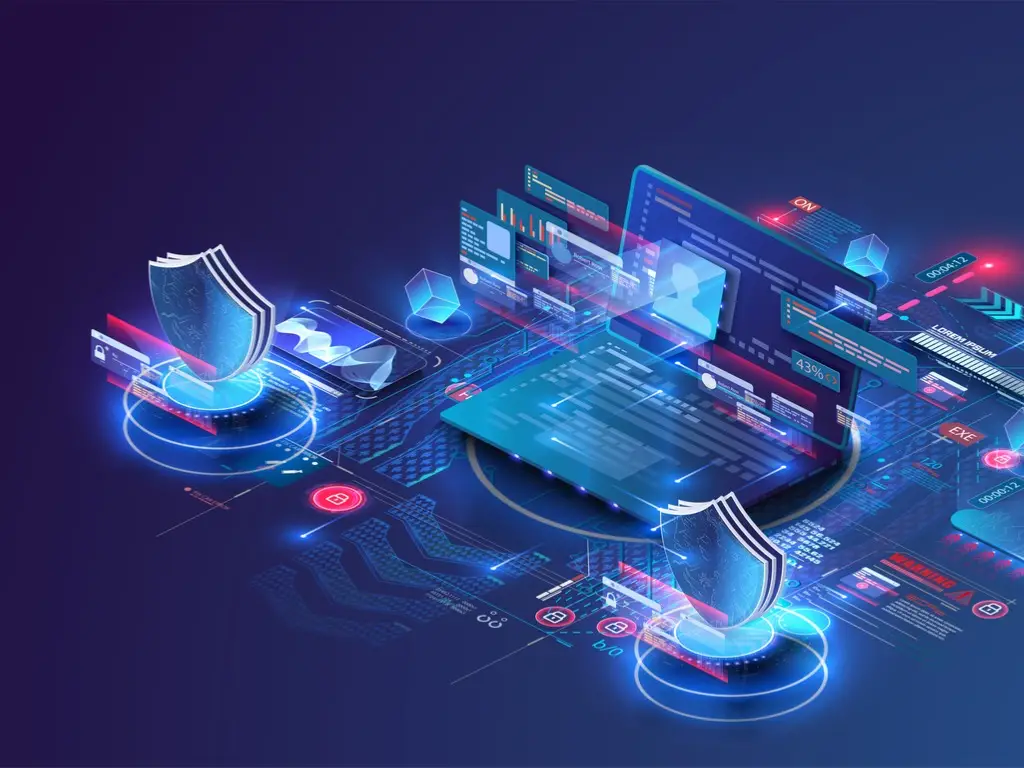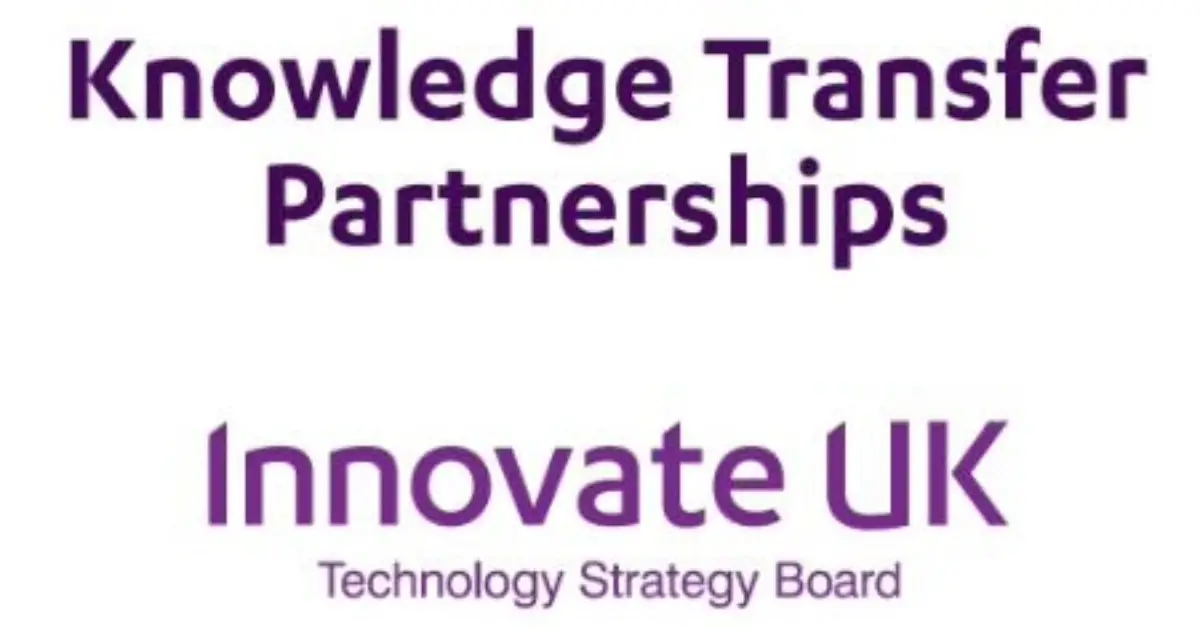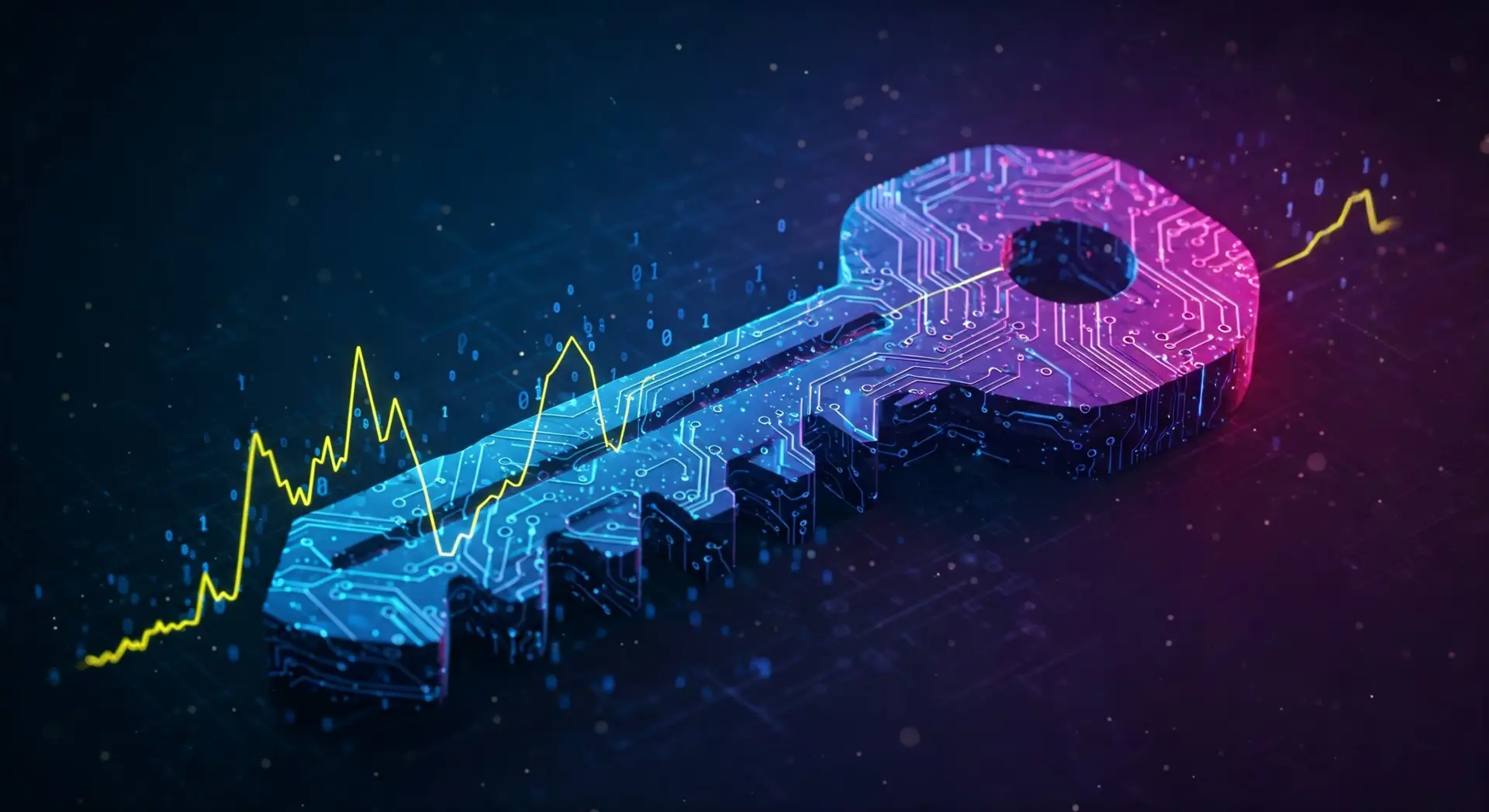In the digital age, cybersecurity is non-negotiable. Businesses and individuals alike face threats that evolve daily. Understanding cybersecurity frameworks and regulations is vital. This knowledge isn’t just necessary; it’s crucial for protection in our interconnected world.
Top Cybersecurity Frameworks
- NIST Cybersecurity Framework (CSF): Developed by the National Institute of Standards and Technology, the NIST CSF is comprehensive. It’s applicable across industries. The framework focuses on five key functions: Identify, Protect, Detect, Respond, and Recover.
- ISO/IEC 27001: An international standard, ISO/IEC 27001 outlines requirements for an information security management system (ISMS). It emphasizes a risk management process. Certification can boost an organization’s reputation.
- CIS Controls: The Center for Internet Security Critical Security Controls focus on key actions. These actions are vital for blocking or mitigating known attack vectors. The framework is practical and actionable.
- COBIT: Designed by ISACA for IT management and governance, COBIT stands for Control Objectives for Information and Related Technology. It integrates security into broader enterprise governance.
- PCI DSS: The Payment Card Industry Data Security Standard is mandatory for businesses handling card payments. It focuses on protecting payment card data.
Information Security Regulations
Regulations are legal requirements. They ensure organizations protect data privacy and integrity. Non-compliance can lead to penalties.
- GDPR: The General Data Protection Regulation is a landmark EU regulation. It sets stringent data protection guidelines. GDPR affects any organization dealing with EU citizens’ data.
- HIPAA: The Health Insurance Portability and Accountability Act protects health information in the U.S. It sets standards for data privacy and security.
- SOX: The Sarbanes-Oxley Act impacts public companies in the U.S. It mandates accurate financial reporting and data security measures.
- FISMA: The Federal Information Security Management Act governs U.S. federal agencies. It emphasizes data security as part of national security.
Choosing the Right Framework and Navigating Regulations
Selecting the appropriate cybersecurity framework depends on several factors. Industry, size, and specific risks play crucial roles. The framework should align with business objectives and regulatory requirements.
Compliance with information security regulations is non-negotiable. Organizations must understand applicable laws. Regular audits and updates to security policies are essential. Training employees on compliance matters is also critical.
Implementing a Cybersecurity Framework
Implementation requires planning. Start with a risk assessment. Identify assets, vulnerabilities, and threats. Choose a framework that aligns with identified risks and business goals.
Develop policies and procedures. They should reflect the chosen framework’s guidelines. Ensure they are clear and actionable.
Train staff. Employees should understand their roles in maintaining security. Regular training updates on evolving threats are vital.
Monitor and update. Cybersecurity is dynamic. Regular reviews and updates to the security posture are necessary. This ensures resilience against new threats.
The Future of Cybersecurity Frameworks and Regulations
The digital landscape is evolving. So are cybersecurity threats. Frameworks and regulations will continue to adapt. Staying informed about changes is crucial for organizations.
Emerging technologies present new challenges. Artificial intelligence and the Internet of Things (IoT) are changing the security landscape. Future frameworks will likely address these technologies.
Regulations will also evolve. Privacy concerns and data breaches drive legislative changes. Organizations must stay agile. They should anticipate and adapt to new regulations.
Summary
Cybersecurity frameworks and information security regulations are foundational. They guide organizations in protecting their digital assets. Choosing the right framework and adhering to regulations is not optional. It’s essential for safeguarding data and ensuring trust. As threats evolve, so must our approach to cybersecurity. Staying informed and adaptable is the key to resilience.




